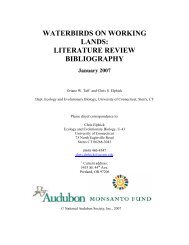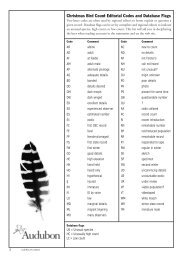audubon strategic plan 2012-2015
AUDUBON STRATEGIC PLAN 2012-2015 - National Audubon Society
AUDUBON STRATEGIC PLAN 2012-2015 - National Audubon Society
- No tags were found...
You also want an ePaper? Increase the reach of your titles
YUMPU automatically turns print PDFs into web optimized ePapers that Google loves.
Pacific FlywayConservation the Length of the Americaspriority speciesAshy storm-petrelBar-tailed GodwitBlack-footed AlbatrossBlack-necked stiltBlack oystercatcherBrantcassin’s AukletKittlitz’s MurreletLaysan AlbatrossLeast tern (right)Long-billed curlewMarbled MurreletNorthern Goshawksandhill cranesnowy ploversooty shearwaterspectacled eiderspruce Grouseswainson’s Hawktricolored BlackbirdVaried thrushWestern sandpiperXantus’s Murreletyellow-billed Loonthe birds of the Pacific Flyway depend on a diverse chainof habitats, from Arctic tundra and northwestern rainforestto tropical beaches and mangroves. Audubon’s network ofchapters, volunteers, activists, and members is preservingand restoring these vital links along the way.each year at least a billion birds migrate along the PacificFlyway, which stretches from the north Slope of Alaskato central and South America. but these birds are only afraction of those that used the flyway a century ago. Somespecies, such as the black-footed Albatross and the leasttern, are in serious trouble, and even many common birds,such as the Western Sandpiper, have become far less common.Habitat loss, water shortages due to diversion for agricultureand development, diminishing food sources, andclimate change all threaten the birds of the Pacific Flyway.coN serVAtioN G o ALs12.6 million acres24 priority bird species22 Audubon StrA tegic PlA nAudubon StrA tegic PlA n 23


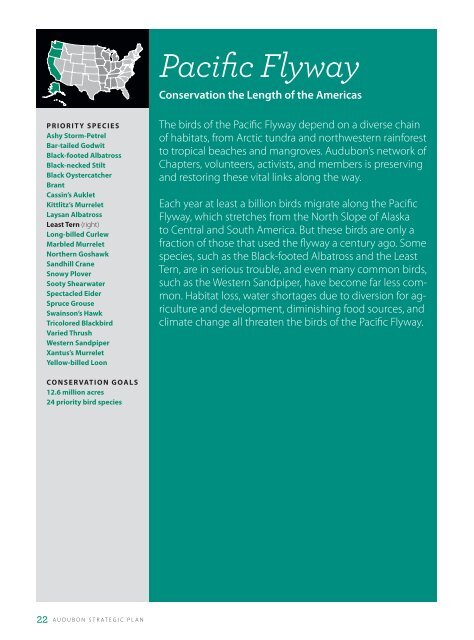



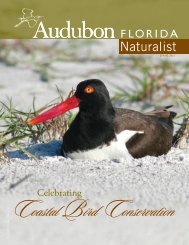
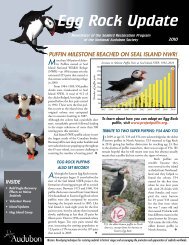
![Full report [PDF] - the Boreal Songbird Initiative](https://img.yumpu.com/52893853/1/190x259/full-report-pdf-the-boreal-songbird-initiative.jpg?quality=85)
